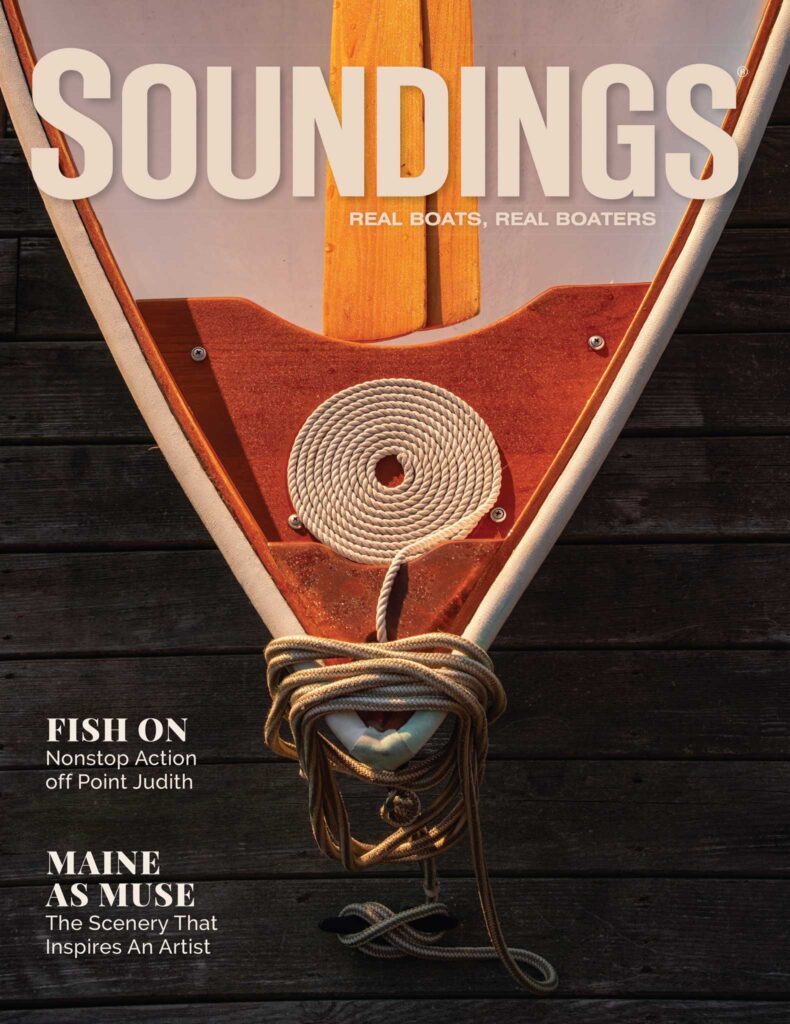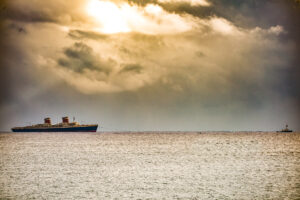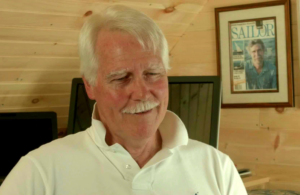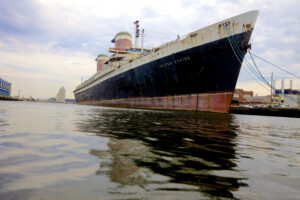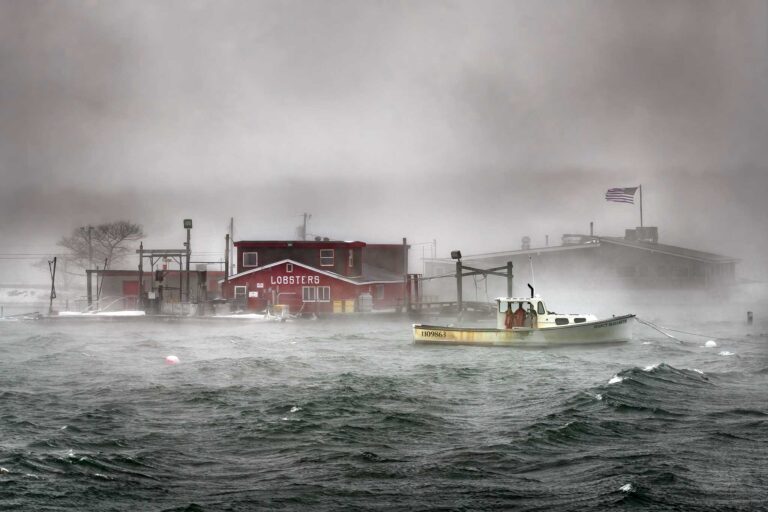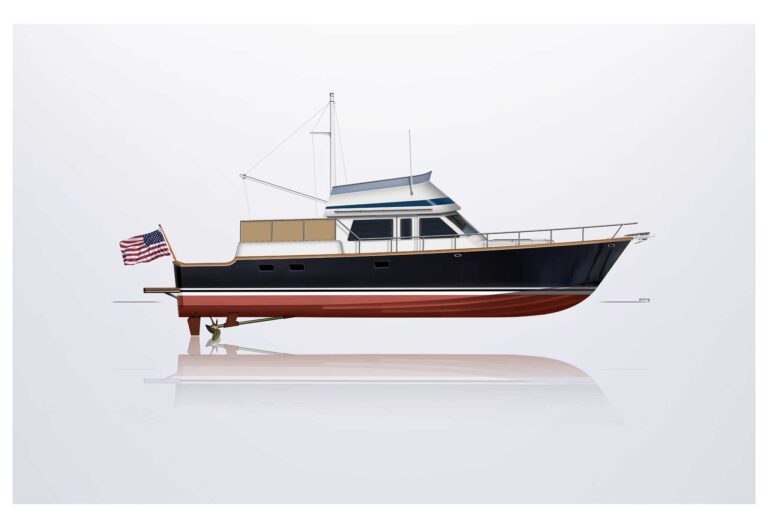When Sir Ernest Shackleton and his crew of 27 men headed their stout wooden ship Endurance into Antarctica’s Weddell Sea in December 1914, they had high hopes but few illusions about the “evil conditions” they were up against: subzero temperatures, hurricane-force winds, uncharted waters and lands. Above all, they faced “a gigantic and interminable jigsaw puzzle devised by nature”—pack ice.
Today, ships in this region are reinforced steel, satellites provide data to create accurate ice maps, sophisticated programs can pinpoint drift within the pack and communications can even work via smartphone on WhatsApp. But none of this changes what still dominates this world and anyone who ventures into it: ice.

“The sea ice in itself is amazing to sail into, and normal ocean mariners will be in disbelief the first time they encounter it,” says Capt. Freddie Lightelm, the ice pilot and backup captain aboard the 440-foot South African polar vessel S.A. Agulhas II during the Endurance22 expedition. “Antarctica is a hostile environment, and other than the sea ice, freezing conditions and iceberg hazards, it continuously experiences poor visibility due to snow, fog, Arctic smoke [sea smoke forming over water patches in sea ice], low cloud or whiteout winds blowing up snow, which all makes for ‘interesting’ navigation. The force of moving ice is certainly something one must be very wary about.”
Understanding ice’s makeup, characteristics and behavior, as well as how to safely maneuver in it, are key skills of an ice pilot, which often refers to someone who has experience in sea ice for a particular area, Lightelm says. SOLAS (Safety of Life At Sea) regulations require any ship going below 60°S to carry an ice pilot. Typically already master mariners, polar ice pilots complete basic and advanced polar training courses and at least 90 days as a watch keeper in polar areas.
Lightelm—who shared a six-on, six-off watch with S.A. Agulhas II’s master, Capt. Knowledge Bengu—was on watch March 5 when the Falklands Maritime Heritage Trust expedition located Shackleton’s ship in 10,000 feet of water under the Weddell Sea ice pack. The wreck lies just 4 miles south of the position recorded by Endurance navigator Frank Worsley, who later would navigate Shackleton and four others in the greatest open-boat voyage ever sailed—800 Southern Ocean miles from Elephant Island to South Georgia—to reestablish contact with the world and organize the rescue of the remaining Endurance crew stranded on Elephant Island.
Riveting and ghostly, the ship lies upright on the seafloor, where it has rested in darkness since the ice pack took it down on Nov. 21, 1915. In the cold, black waters, wood-eating marine life is basically nonexistent, and the wreck is perfectly preserved.

“No ship ever built by man could ever live, if taken fairly in the grip of the floes and prevented from rising to the surface of the grinding ice,” Shackleton wrote in South, his narrative of the ill-fated Imperial Trans-Antarctic Expedition of 1914-1917 that describes Endurance’s harrowing, ruthless imprisonment in the Weddell Sea pack ice. “It was,” he wrote, “a sickening sensation to feel the decks breaking up under one’s feet, the great heavy beams bending and then snapping with a noise like heavy gun-fire.”
Having experienced pack ice since his first voyage to Antarctica in 2002 and sailing there as a ship master and ice pilot on multiple research, logistics and expedition vessels since 2008, it’s not that difficult for the 46-year-old Lightelm to imagine what the Endurance crew went through. During the 2019 Weddell Sea Expedition to find Endurance, he was also the ice pilot and backup captain aboard S.A. Agulhas II. The effort was abandoned after a multimillion-dollar AUV (autonomous underwater vehicle) was lost and the weather grew untenable.
“We managed to reach the wreck site, but the ice extent was much more that year and the stage of development of the ice more severe, with more multiyear ice floes of high concentration,” he says. At one point, the ship was “nipped” between two huge ice floes for about 10 hours.

“At the nipping/connecting point, I could feel the vibration of the ship as it squeezed the hull, and I could then imagine how Endurance was crushed. Luckily this ship is heavily strengthened, and we were safe,” says Lightelm. “During ice navigation, we often got large chunks of ice going through the propellers, and my biggest fear would be to suffer mechanical damages whilst in the Weddell Sea, as there are no ships around that would be able to assist us in those conditions.”
This time, the ice had retreated further, concentration was less, and first-year ice—usually about a meter (3.2 feet) thick—dominated the pack. That’s more easily navigated than multiyear ice, which develops layers of fresh water as snow melts, refreezes and forms ridges that can be up to three meters (9.8 feet) thick.
S.A. Agulhas II is a Polar Class 5 vessel, designed and built to make five knots through first-year ice, so unlike 2019, when the ship had to resort to backing and ramming to proceed, the 2022 expedition could maneuver continuously. (Lightelm was part of the team that drew up specifications and built S.A. Agulhas II, launched in 2012. He also was its delivery master from Finland to Cape Town.)

Lightelm is “a huge Shackleton fan” who has visited the explorer’s grave on South Georgia several times. After the Endurance discovery, S.A. Agulhas II steamed to South Georgia to pay tribute to “the boss,” as Shackleton’s crew called him. Finding the wreck “was such a relief after all the efforts put into it,” Lightelm says. “We were all gobsmacked, and it felt great.”
The discovery was especially personally significant, he says, as a South African helping lead an all-South African crew on a South African ship. “That is amazing, and I am very proud about that.”
This article was originally published in the May 2022 issue.

